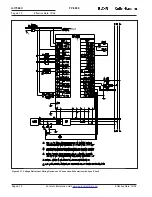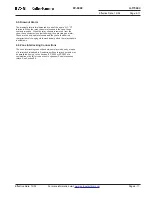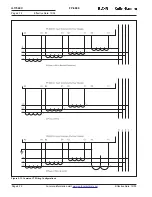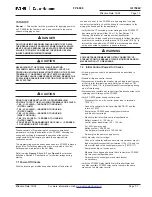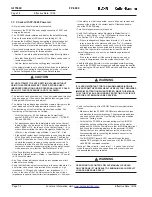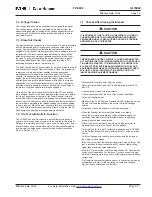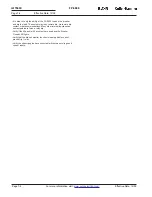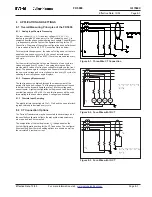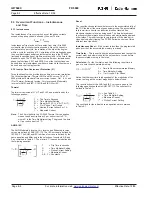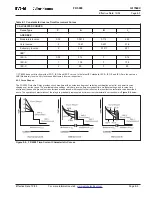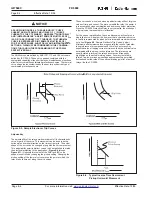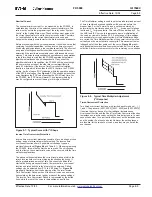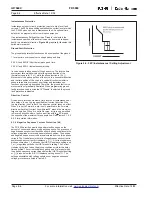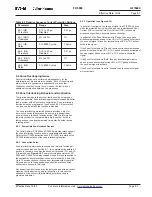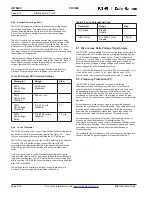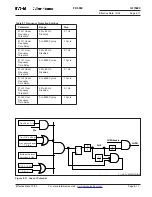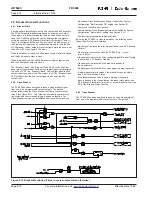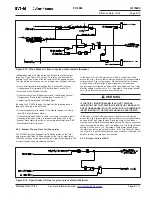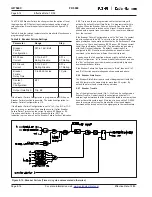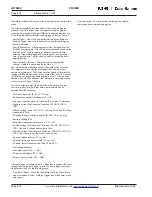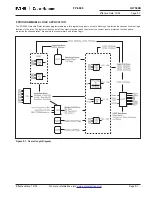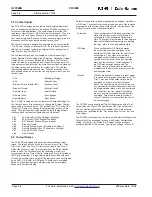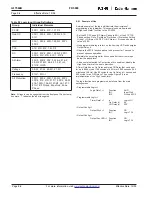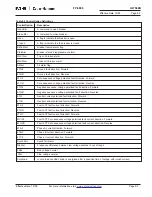
IL17569C
Page 8-8
FP-5000
Effective Date: 12/05
Page 8-8
For more information visit:
www.eatonelectrical.com
Effective Date: 12/05
Figure 8-10. Zone Interlocking Example with FP-5000 and DT-3000
In general, if the Zone Interlocking Input is enabled, the absence of a
zone-in signal active, an IOC or TOC pickup occurs and the fault
direction is permissive, an immediate trip will occur. The immediate
trip has a 3-cycle pickup delay to make sure the downstream
devices have a chance to activate the zone interlock signal. If the
zone-in signal is active, then the programmed delay time is used.
If the Zone In setpoint is set to “Phase” and the fault direction is in
the Zone Interlock Trip direction, then any phase current above the
IOC pickup or
1.5 times
the TOC pickup will cause an immediate trip
in the absence of an active zone-in signal. Ground or residual
current IOC or TOC will not cause an immediate trip. The 1.5 time
multiplier is used so that a low level current overload does not cause
an immediate trip. If the zone-in signal is active then the pro-
grammed delay time is used.
If the Zone In setpoint is set to “Ground” and the fault direction is in
the Zone Interlock Trip direction, then any ground or residual current
above the IOC pickup or the TOC pickup will cause an immediate
trip in the absence of an active zone-in signal. Phase current IOC or
TOC will not cause an immediate trip. If the zone-in signal is active
then the programmed delay time is used.
In the case that the breaker that is taking action fails to open the
circuit, the zone-out signal is removed in one of two ways:
1. If the breaker fail function is active then the zone out signal is
immediately removed. See Section 5 Programming on page 5-1
and Section 8.9 Breaker-Oriented Functions.
2. If the protective relay has operated but the current is still sensed,
the zone-out signal is removed 10 cycles after the operation.

